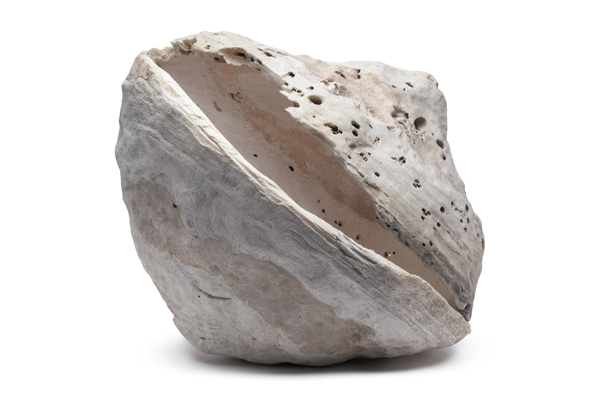
HOME / PUBLICACIONES / Pasajes de Investigación / Los primeros habitantes y el origen de la agricultura

Los primeros habitantes y el origen de la agricultura
The oldest evidence of the early inhabitants in Western Mexico is primarily located in the lake basins of Chapala and Zacoalco in Jalisco dated between 30,000 to 14,000 BC. They inhabited rock shelters, caves, and open-aired camps.
Gomphotheres, saber-toothed cats, equids, and megatheriums were hunted and butchered using stone implements such as points, scrapers, flakes, and flint or obsidian knives. Climate changes and the extinction of these large mammals after 10,000 BC emphasized the consumption of small animals and the selective harnessing of plants, factors that would promote the gradual process toward plant domestication and the onset of a sedentary lifestyle. As evidence of these early settlements in an estuary known as “Flor del Océano” in Sinaloa, hearths, knives, and projectile points were excavated dated between 7000 and 5000 BC.
The earliest evidence of pumpkin and bean cultivation in the West dates to 3000 BC, associated with obsidian projectile points inside rock shelters near the Zacoalco-Sayula and Chapala lakes in Jalisco. During this time, the estuaries and beaches of Nayarit and Sinaloa were suitable places for the exploitation of freshwater and saltwater resources. In Matanchen Bay, Nayarit, there are large accumulations of shells, some reaching up to 3 meters in height, resulting from the discard harnessing of mollusks for food and the crafting of bracelets, beads, rings, earplugs, and earrings.